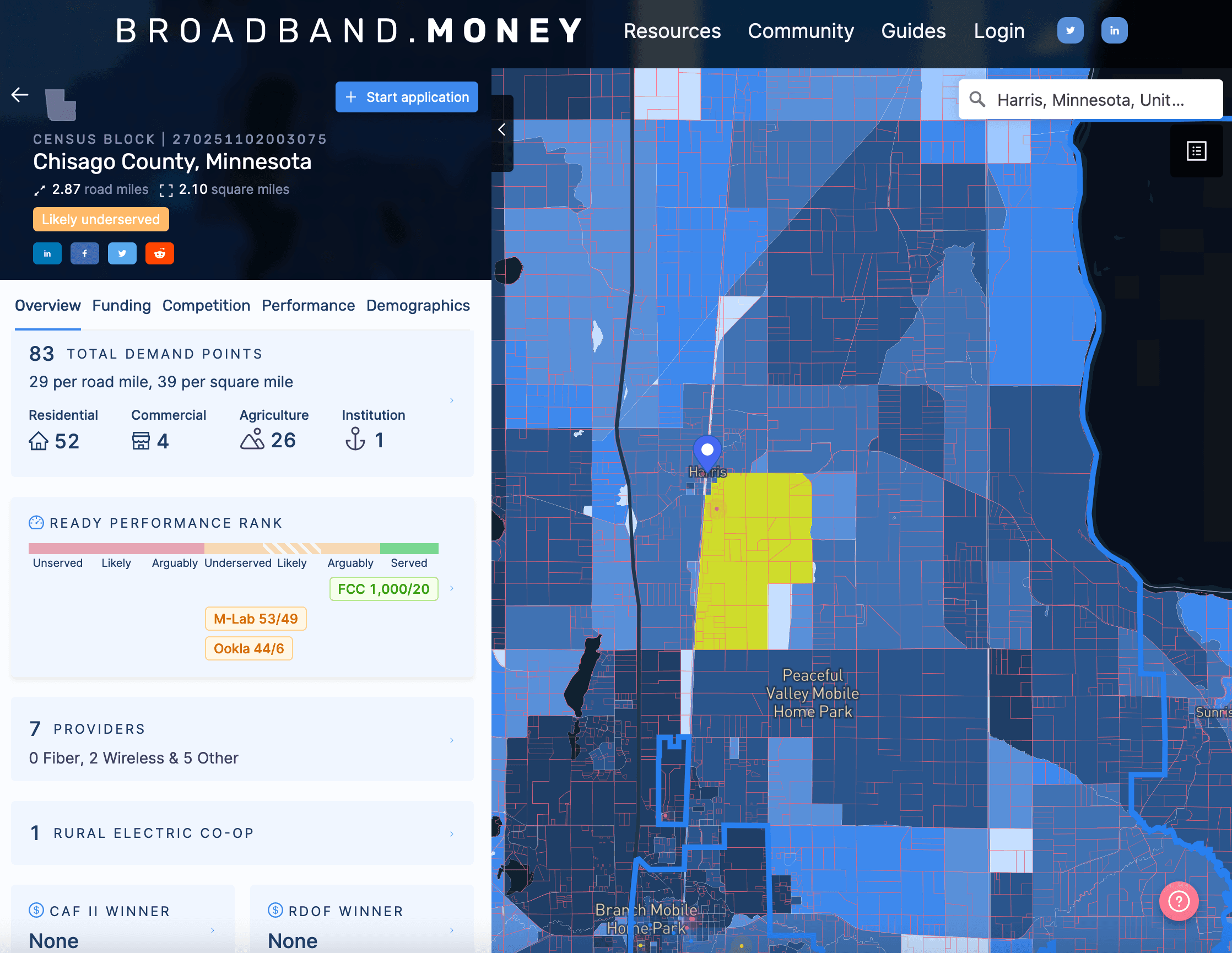Bulk Fabric Challenge

According to the FCC’s “How to Format a Bulk Fabric Challenge” page (as updated on 09/13/2022) and other agency statements, there are seven types of bulk challenges that may be brought against the fabric’s data. Every challenge must be filed with the correct challenge code or will likely be dismissed out of hand.
Below are the seven challenge category codes (and the types data errors they are meant to correct.)
- Challenge Category Code 1: A broadband serviceable location (BSL) is missing from the fabric.
- Remember, a BSL is a set of geographic coordinates that corresponds to a specific structure. Don’t use a Challenge Category Code 1 to add a new address to the fabric.
- Challenge Category Code 2: The fabric lists an incorrect primary address for a BSL.
- Use this challenge type for the BSL when the location is correct, but the address is wrong.
- Challenge Category Code 3: The fabric lists an incorrect unit count for a BSL.
- A single structure with many subdivisions – such as an apartment complex – is still listed as a single BSL. The additional subdivisions are listed as separate units.
- Use this category code to change the number of units for a BSL (e.g., the fabric shows an apartment complex with 10 fewer units than it actually has).
- Challenge Category Code 4: The fabric says a structure that should be a BSL is not a BSL.
- Challenge Category Code 5: The fabric identifies as a BSL the wrong structure on a given parcel of land.
- Example: On a residential lot, the fabric marks the garage as the BSL instead of the house.
- Challenge Category Code 6: The fabric marks a structure a BSL but the structure should not be a BSL.
- This challenge is used to remove a BSL. Do not use it to change the location of a BSL on a parcel – use a Challenge Category Code 5 instead.
- Challenge Category Code 7: Use this challenge type to add a secondary address to a BSL.
- Example: The fabric labels a duplex with only one of two addresses associated with it. The second address can be added as a secondary address for the same BSL.
- Do not use a Challenge Category Code 2 to add a supplemental address.
Notes:
- A single parcel of land can have multiple BSLs.
- Not all structures on a parcel are necessarily BSLs, however (e.g., a shed is not considered a BSL).
- A BSL corresponds to a single structure.
- A single structure cannot have multiple BSLs but may have multiple units (see Challenge Category Code 3).
- A single BSL may have multiple addresses, but one should be listed as the primary address and the others will be listed as supplemental (see Challenge Category Code 7).
- Certain large enterprises – e.g., government buildings and schools – are not considered to be BSLs but sometimes still appear in the fabric. They're only listed in the fabric if they're served by mass market, off-the-shelf broadband subscription plans.
For more, check out this FCC webinar on the challenge process: https://help.bdc.fcc.gov/hc/en-us/articles/9157914759067-Webinar-Broadband-Serviceable-Location-Fabric-Bulk-Challenge-Process
Under the Infrastructure Investment and Jobs Act's Broadband, Equity, Access and Deployment (BEAD) program, state broadband offices must also establish state level challenge processes so that local governments and providers can provide input into where broadband investment should be allocated.
Contact us for more information on how you can use Broadband.money's Community Broadband Kit to conduct a Broadband Audit to get your fair share of broadband grant funding.

Need help winning broadband grants?
See what we can do for you.
Broadband Grant Terms
A
B
C
D
E
F
G
I
L
M
N
P
R
S
T
U
Y